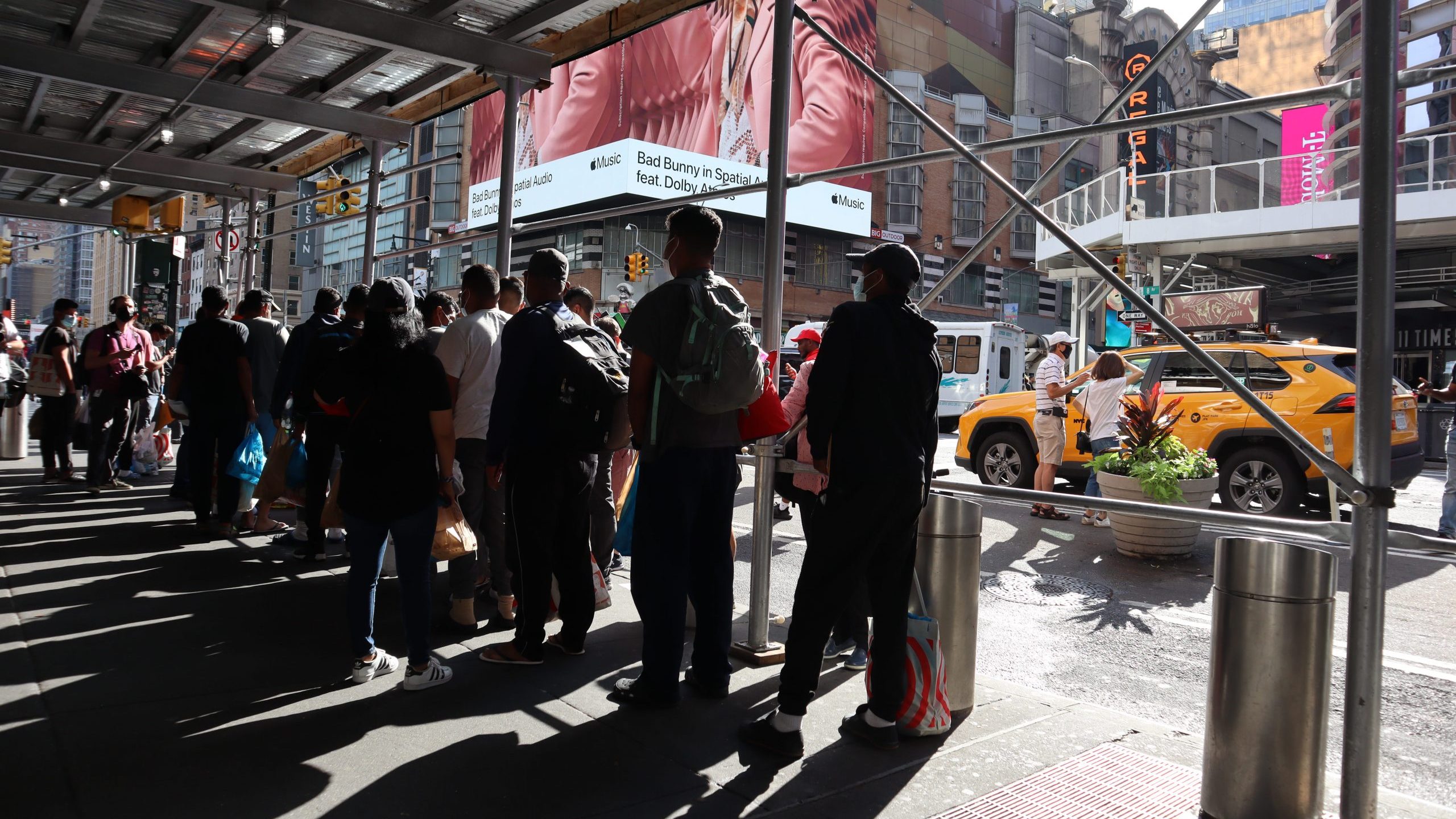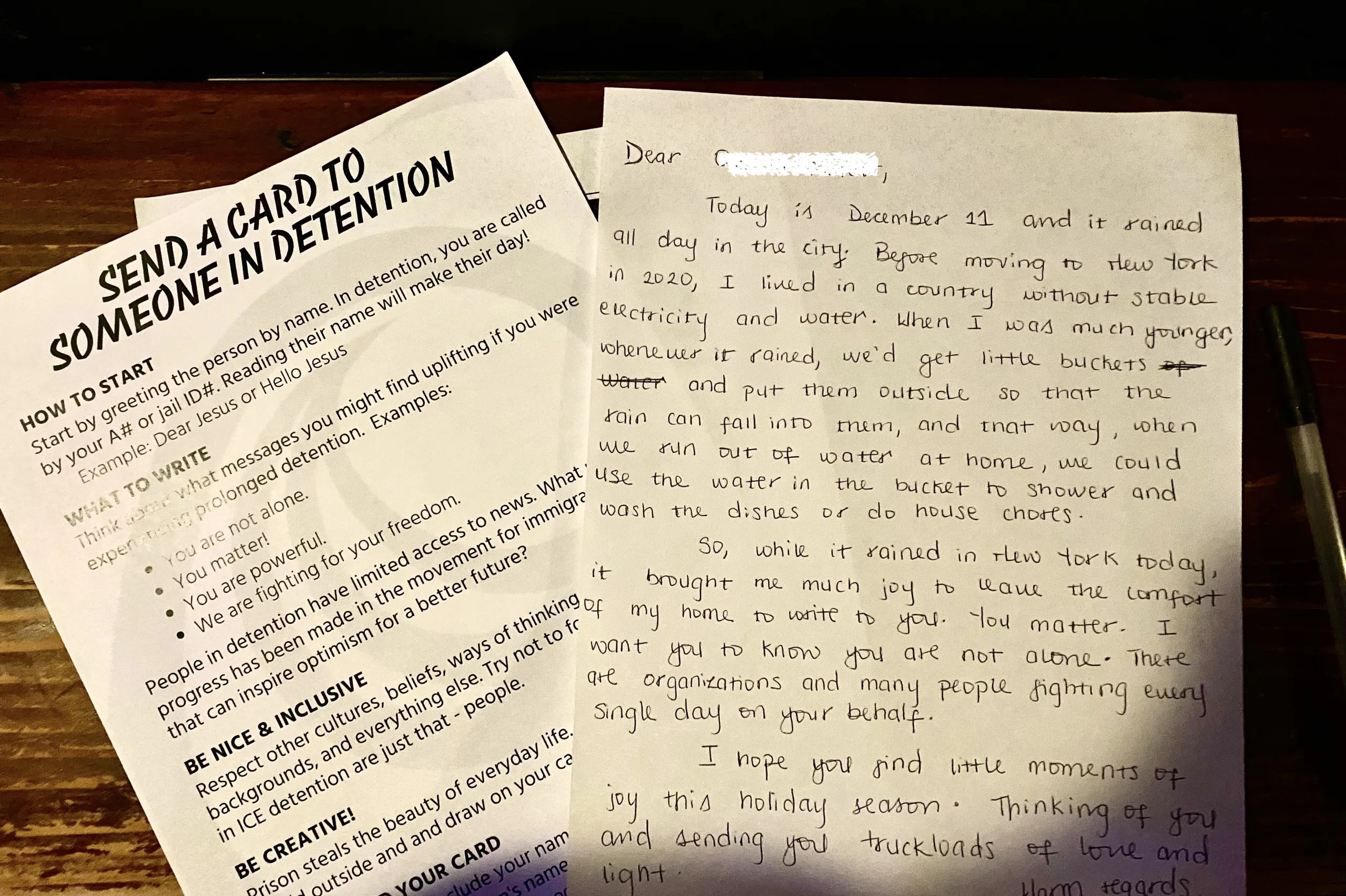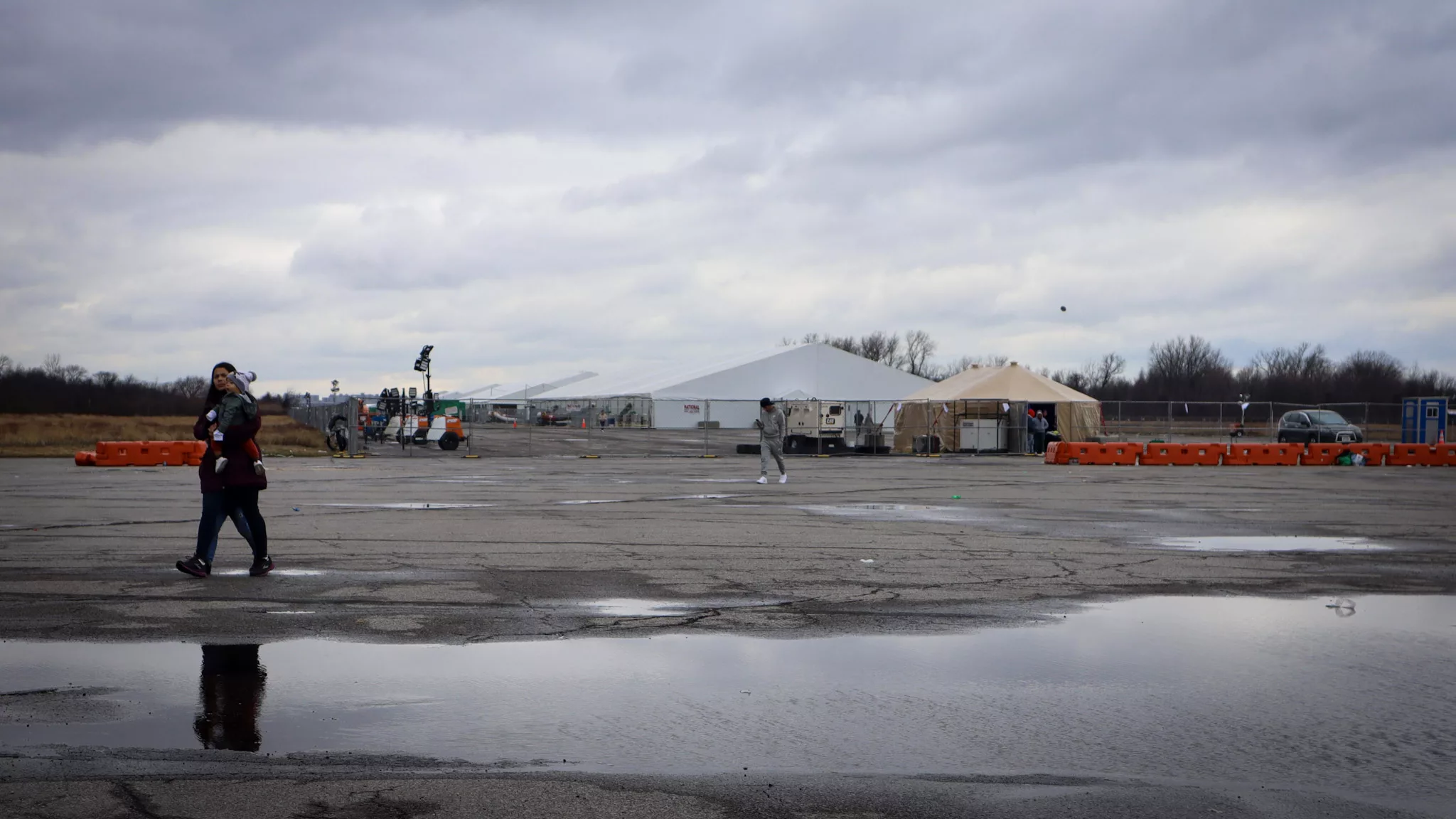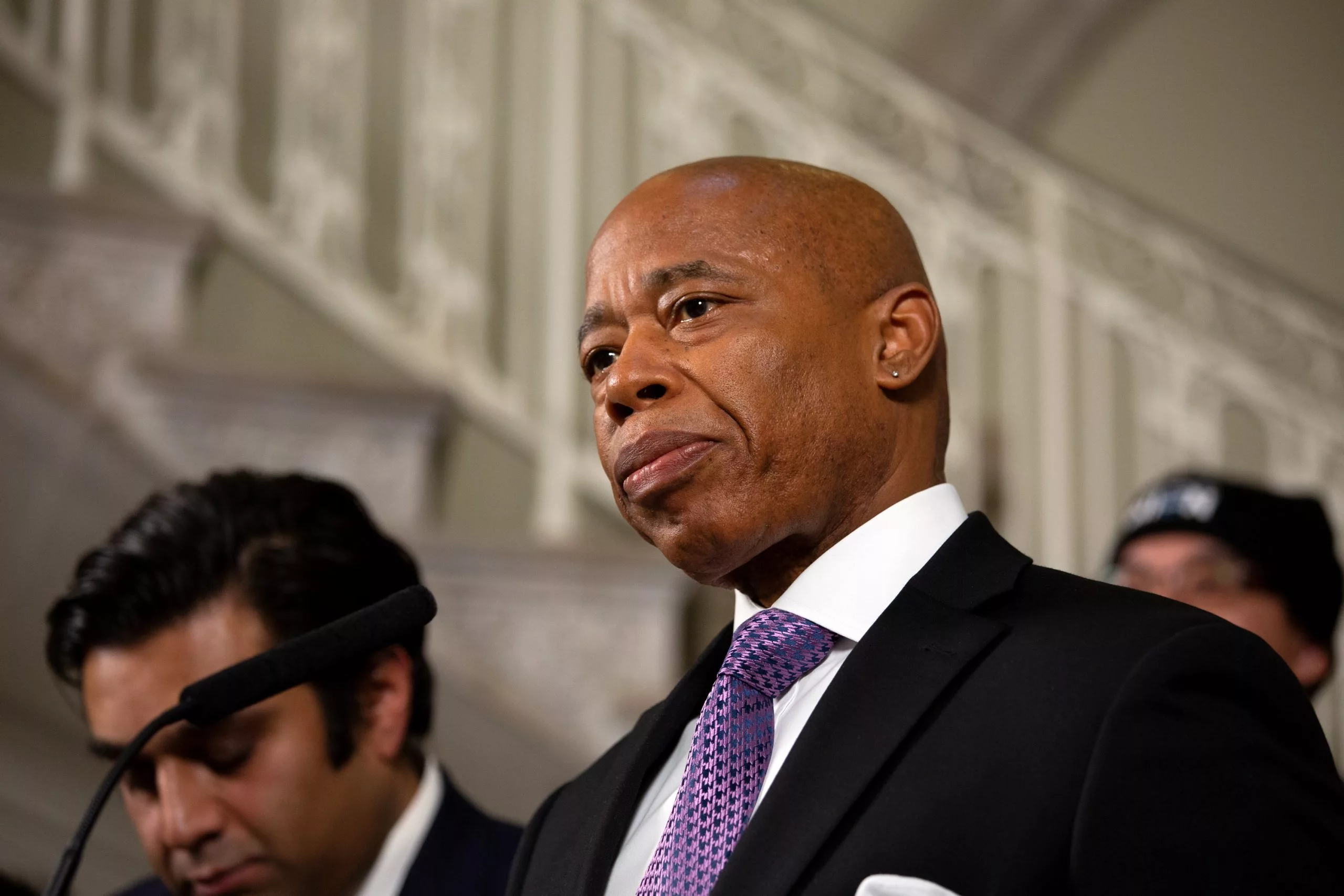Just have a minute? Here are the top stories you need to know about immigration. This summary was featured in Documented’s Early Arrival newsletter. You can subscribe to receive it in your inbox three times per week here.
New York
Behind broken promises to migrants in NYC is medical services company, DocGo, former Covid testing contractor:
The city awarded DocGo a $432 million contract without competitive bidding. Local authorities have expressed frustration at DocGo, and its security guards have repeatedly threatened migrants. — The New York Times
Asylum seekers camp outside Roosevelt Hotel for 2nd night after being told the Manhattan relief center is at capacity:
Things got contentious Saturday night as asylum seekers pushed to get inside the hotel while a small group of workers tried to manage the crowd. — CBS News
As NYC limits shelter access for migrants and asylum seekers, many are left homeless:
In interviews with more than two dozen people, nearly everyone recounted experiencing physical harassment and verbal slights at the shelter. — NPR
Tensions ease between Adams and Biden — for now:
Mayor Eric Adams and members of the city’s congressional delegation on Thursday met with Homeland Security Secretary Alejandro Mayorkas, who designated someone at DHS to serve as a point-person on NYC asylum seeker needs. — Gothamist
Washington D.C.
Messy numbers in asylum ban ruling add confusion, reflect deeper questions:
The decision to restrict asylum seems to struggle with internal inconsistencies, even if the overall conclusion is ultimately defensible, writes Austin Kocher. — Read more on his Substack
Will CBP One survive escalating court battles?
CBP’s smartphone app, used mainly to manage asylum seekers, faces even stronger challenges in a new lawsuit. What if the agency had built a better app? — Austin Kocher on Substack
Labor department denounces surge in exploited migrant children:
The department said inspectors had already found 4,474 children working illegally since the start of the fiscal year — a 44% increase over the previous year. — The New York Times















